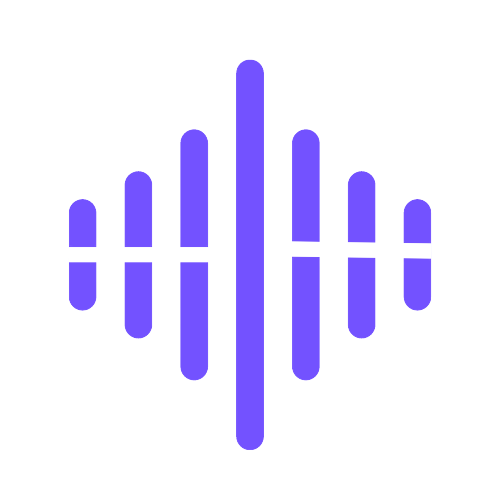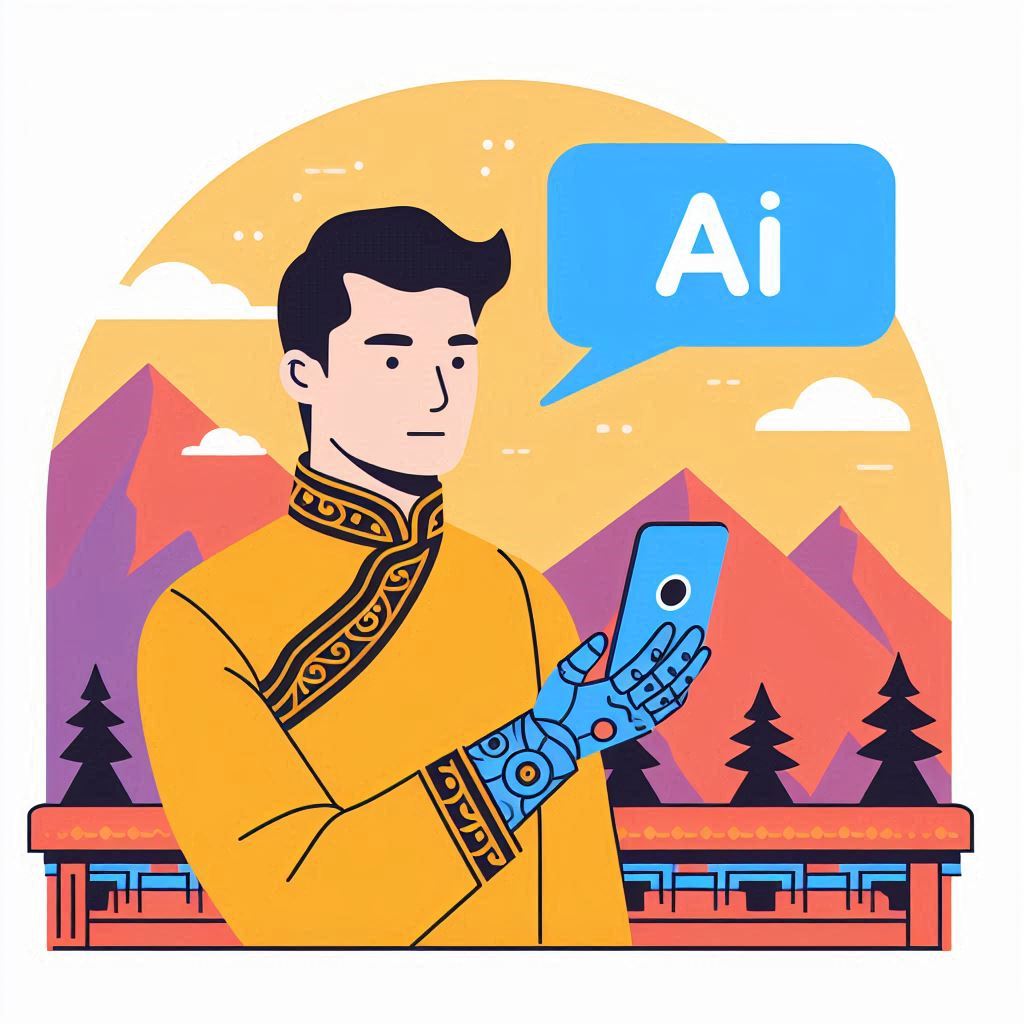
Voxify
Mongolian Text to Speech
Effortlessly set up and deliver immersive audio experiences, Voxify has over 450 voices available to fit any of your needs, and you can control everything about the narration - pitch, speed and emotion. Great for content creators, podcasters and educators who are looking to up their voiceover quality.

Yesui
Mongolia
Discover the Best Mongolian Text to Speech Software
In this article, readers will discover the top Mongolian text to speech software options available today. They'll gain insights into how this technology works and explore its key applications across various industries. The guide will also provide valuable tips to help users choose the right Mongolian voice generator for their specific needs. By the end, readers will have a comprehensive understanding of the current state of Mongolian TTS technology and its potential to enhance their digital experiences.
Bataa
Mongolia
Yesui
Mongolia
Bataa
Mongolia
Ready to dive in?
Start creating with realistic voices.
Top Mongolian Text-to-Speech Software Options
When it comes to text to speech Mongolian software, several options stand out in the market. Let's explore some of the leading platforms and their offerings.
Features Comparison
Voxify combines text-to-video AI and text-to-speech AI capabilities, providing an all-in-one platform for content creation [1]. It supports over 80 languages, including Mongolian, with more than 1900 ultra-realistic voices [1]. Fliki also offers voice cloning, allowing users to replicate their own voice or create unique character voices [1].
PlayHT has pioneered conversational AI Mongolian TTS, making their voices sound very native [2]. They offer a wide array of AI voices and accents, ensuring content is not just read aloud but enjoyable to listen to [2].
LOVO provides authentic Mongolian accent voices, both male and female, to complement various content needs [3]. It offers an online editing feature, allowing users to generate Mongolian text to speech directly in their browser without downloading software [3].
Pricing
While specific pricing details aren't provided in the given information, it's worth noting that Fliki offers a Premium subscription plan that allows users to create voiceovers up to 25 minutes long [1]. Other platforms likely have their own pricing structures based on usage and features.
User Reviews
Voxify has received positive feedback from users. One customer praised the exceptional service team and their support for business needs [2]. Another user commended PlayHT's clean, intuitive interface and the natural-sounding, high-quality voices available [2]. A third review highlighted PlayHT's superiority over bigger companies, noting the realism of their AI voices [2].
Voxify has been praised for its ability to generate professional-grade voices quickly, saving users valuable time and money [3]. Users appreciate its wide selection of voices across multiple languages and its lightning-fast generation speed [3].

How Mongolian TTS Technology Works
Speech Synthesis Process
Text to speech Mongolian technology has made significant strides in recent years, thanks to advancements in deep learning and neural networks . The process begins with the conversion of digital text into speech, allowing users to listen to written content without having to read it on a screen[2]. This technology has become essential for accessibility, helping individuals with visual impairments access written content through audio.
At the heart of modern Mongolian TTS systems are Deep Neural Networks (DNN), which have opened new avenues for speech synthesis research. These feed-forward artificial neural networks, with their multiple hidden layers, can efficiently represent high-dimensional and correlated features, modeling complex mapping functions compactly[4].
Recent developments have seen the introduction of Recurrent Neural Networks (RNNs) and Convolutional Neural Networks (CNNs) in TTS models. While RNNs have become standard for sequence data modeling, CNN-based sequence synthesis technology has shown promise in reducing training time while maintaining performance due to its high parallelism[4].
Voice Customization Options
Modern Mongolian TTS platforms offer a range of voice customization options to enhance the user experience. For instance, Voxify's cutting-edge AI technology allows users to adjust tone, speed, and style to achieve the perfect speech output for their projects. This level of customization ensures that the synthesized speech sounds natural and engaging, closely mimicking human speech patterns.
Some platforms even offer emotion-based customization. For example, certain TTS voices can add emotions like anger, cheerfulness, or hopefulness, conveying a wider range of feelings in the synthesized speech[5]. This feature adds depth and authenticity to the audio output, making it more suitable for various applications such as storytelling, e-learning, and marketing materials.
By leveraging these advanced technologies and customization options, Mongolian TTS systems can produce high-quality, natural-sounding speech that is increasingly indistinguishable from human narration. This has opened up new possibilities for content creation, accessibility, and human-machine interaction in the Mongolian language.

Key Applications of Mongolian TTS
E-learning
Mongolian text to speech technology has revolutionized the e-learning landscape. It allows educators to create engaging course videos with automated voiceovers, saving time, money, and vocal strain[6]. This technology benefits individual creators, course websites, schools, and religious teaching institutions. With Voxify's advanced AI , users can generate high-quality Mongolian voiceovers for educational content in minutes, maximizing productivity and ensuring a professional touch to learning materials.
Accessibility
Text to speech Mongolian software plays a crucial role in enhancing accessibility for individuals with visual impairments or reading challenges[7]. By converting written Mongolian content into audio formats such as podcasts and audiobooks, it makes information more accessible to those with dyslexia and other reading difficulties[8]. Voxify's TTS technology ensures that educational content, news articles, and other written materials are available in audio format, promoting inclusivity and equal access to information.
Content Creation
Mongolian TTS has opened up new possibilities for content creators across various media. It empowers them to generate realistic and expressive voice overs for applications such as animation , gaming, and storytelling[8]. With Voxify's diverse range of AI voices, creators can bring their stories to life with captivating audiobooks created in seconds[7]. The technology also proves invaluable for crafting powerful advertisements, eliminating the need for expensive voiceover artists[7]. By leveraging Voxify's cutting-edge AI voice technology, content creators can add depth and authenticity to their multimedia projects , enhancing the overall user experience across various platforms.

Choosing the Right Mongolian TTS Tool for Your Needs
Factors to consider
When selecting a Mongolian text to speech tool, several factors come into play. The size and quality of the speech corpus are crucial. Traditional systems required large, annotated datasets, which were costly and time-consuming to create[9]. However, modern end-to-end speech synthesis methods have eliminated this need, making TTS development more accessible and cost-effective[9].
Another important consideration is the underlying technology. Recent advancements in deep learning and neural networks have significantly improved the quality of synthesized speech. For instance, the state-of-the-art Tacotron model, which utilizes deep neural networks, has achieved a mean opinion score (MOS) of 3.65, a substantial improvement over previous systems[9].
Evaluation criteria
To evaluate Mongolian TTS tools effectively, users should consider both overall quality and specific phonetic accuracy. One common method is the Mean Opinion Score (MOS), where raters assess the quality of generated speech samples[10]. This provides a general sense of the system's performance.
For a more detailed analysis, a phoneme confusion test can be employed. This evaluation method examines the accuracy of all possible phonemes in Mongolian, ensuring comprehensive coverage of the language's sound system[10].
At Voxify, we understand the importance of these factors and evaluation criteria. Our AI-powered Mongolian TTS solution incorporates cutting-edge technology to deliver high-quality, natural-sounding speech. We offer a range of voices and customization options, allowing users to fine-tune the output to their specific needs. Whether you're creating e-learning materials, developing accessibility solutions, or producing content, Voxify's Mongolian TTS tool provides the flexibility and quality you need to bring your projects to life.

Conclusion
The advancements in Mongolian text-to-speech technology have opened up new horizons for accessibility, content creation, and e-learning . These tools have a significant impact on how people interact with digital content in the Mongolian language, making information more accessible and expanding creative possibilities. The variety of available options, each with its unique features and strengths, gives users the flexibility to choose a solution that best fits their specific needs.
As the field continues to evolve, we can expect even more natural and expressive Mongolian TTS voices in the future. For those looking to harness the power of AI-driven text-to-speech technology, Voxify offers a cutting-edge solution with hyper-realistic voices and customizable options. To explore how Voxify can transform your Mongolian content, start for free today and experience the difference firsthand.

FAQs
What text-to-speech voice sounds the most realistic?
- The most realistic text-to-speech voices can be found using various AI voice generators. ElevenLabs offers hundreds of realistic voices, Voxify is known for its human-like cadence, WellSaid allows precise word-by-word control, Respeecher provides engaging speech variations, Altered specializes in a variety of narration styles, and Murf excels in emphasis control.
Which text-to-speech reader is the most popular globally?
- Speechify is the leading text-to-speech reader worldwide, widely used for converting text into audiobooks and other audio formats, serving millions of users.
What are the top free AI text-to-speech software options available in 2024?
- The best free AI text-to-speech software includes Voxify, which is highly rated overall; Balabolka, known for its custom voice capabilities; Panopreter Basic, which is ideal for beginners; WordTalk, a superb text-to-speech extension for word processors; and Zabaware Text-to-Speech Reader.
How can I create my own AI text-to-speech voiceover?
- To make an AI voiceover, start by signing up for a service like Voxify. Create a new project, paste your script, and select an AI voice for the voiceover.
References
- [1] - https://lovo.ai/text-to-speech/mongolian-text-to-speech
- [2] - https://micmonster.com/text-to-speech/mongolian-mongolia/
- [3] - https://ar5iv.labs.arxiv.org/abs/2209.10848
- [4] - https://www.researchgate.net/figure/A-sample-of-Mongolian-Text-Analysis-process_fig4_322892507
- [5] - https://fliki.ai/resources/voices/mongolian-62b21becd63b5531a4076ba1
- [6] - https://speechify.com/elearning-voice-generator/mongolian/
- [7] - https://crikk.com/text-to-speech/mongolian/
- [8] - https://play.ht/text-to-speech/mongolian/
- [9] - https://ttslr.github.io/papers/ISCSLP2018.pdf
- [10] - https://www.researchgate.net/publication/261268292_An_evaluation_of_Mongolian_data-driven_Text-to-Speech